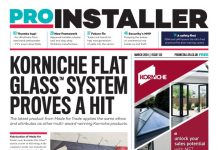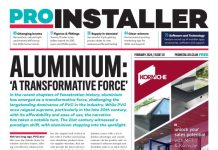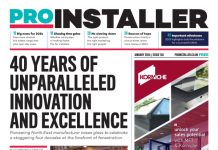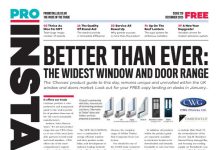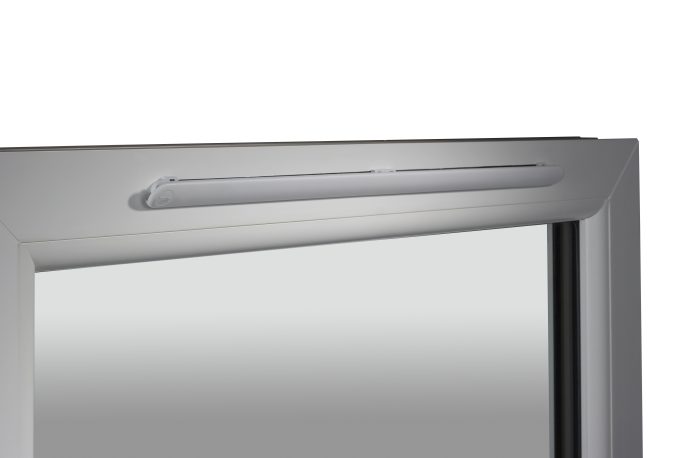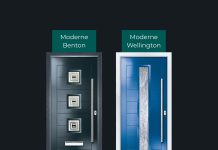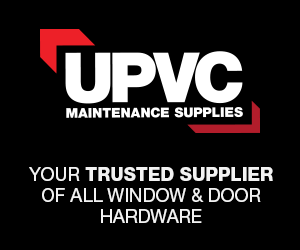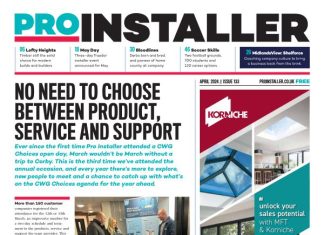Grant Stratford, Technical Director for Window Hardware at Yale Door and Window Solutions, outlines the new guidance on trickle vents and how window fabricators can ensure they are meeting it
The new Approved Document F of the Building Regulations came into effect on 15th June last year. Launched as part of the government’s ongoing efforts to achieve net zero emissions, it sets out updated requirements for ensuring that UK buildings provide adequate ventilation. Background ventilation – often in the form of trickle vents for windows – plays an important role in this.
But what exactly are the new requirements for trickle vents – and how can you ensure you are meeting them?
What the guidance says
The new Approved Document F sets out the requirement that “there shall be adequate means of ventilation provided for people in the building” to protect the health of occupants by preventing mould and internal air pollution that might become hazardous to health. One way of achieving this is through the use of background ventilation, such as trickle vents. There are a number of requirements that background ventilators must meet, including:
- All ventilation should be controllable, either manually or automatically
- Background ventilators should be at least 1700mm above floor level, to reduce cold draughts, but still be easy for the occupant to reach
- Any background ventilators with automatic controls should also have a manual override
- If a habitable room does not contain windows that can be opened, adequate ventilation can be achieved via another habitable room. If this is the case, then the background ventilation of that room must be of at least 10,000mm2 equivalent area
In addition, trickle vents must now pass the BSI standard BS EN 13141-1:2019, entitled ‘Ventilation for buildings – Performance testing of components/products for residential ventilation, Part 1: Externally and internally mounted air transfer devices’. This standard was introduced in 2019 and replaces the previous standard for trickle vents, BS EN 13141-1:2004.
The test includes performance testing of several aerodynamic characteristics, including flow rate/pressure, reverse flow ability, air tightness when closed, free area, and air diffusion in the occupied zone, as well as performance testing for sound insulation and water tightness.
While the bulk of the legal responsibility sits with the builder, installer, or main contractor, the fallout of any failure to comply will also reflect badly on the manufacturer. Their reputation could be severely damaged with the builder and specifier, leading to a breakdown of trust that would likely damage their business opportunities in the future.
Introducing the Yale SlotVent range
In response to the new guidance around trickle vents, Yale recently launched our SlotVent range of trickle vents for windows. The range offers a choice of three variants – 2500EA (Equivalent Area), 4000EA, and 5000EA – each providing a different level of ventilation, depending on requirements. The product is made up of an internal vent that can be tilted 30, 60, or 90 degrees. It includes the option of a foam gasket that reduces noise and drafts, as well as an external hood and fly screens for the over-frame.
The vents are now available in a comprehensive range of new colour options and offset variants. Inners and outers can be ordered as a set or separately to suit the window aesthetics and specification.
Easy to fit, they are attached to the window using pre-fitted clips supplied as standard, or can alternatively be fixed using the screw holes provided in the clips.
All products in the SlotVent range have been thoroughly tested at BRE in accordance with EN13141-1:2019, confirming their suitability for residential building ventilation, and BS EN ISO 10140-1, testifying to their ability to insulate against airborne sound.
It is vital that window fabricators read and understand the new regulations now that they have come into force. Whether you use the Yale SlotVent range or not, only by ensuring that you are using the right types of trickle vents can you avoid falling foul of inspections. The reputation of your business and its future opportunities rests on getting this right.
Read more in Yale’s recent white paper here: https://www.yaledws.co.uk/uk/en/support/white-papers.
To find out more about the SlotVent range from Yale Door and Window Solutions, please visit https://www.yaledoorandwindowsolutions.co.uk/en/productsdb/trickle-vents/slotvent/ or call 01902 366800.



